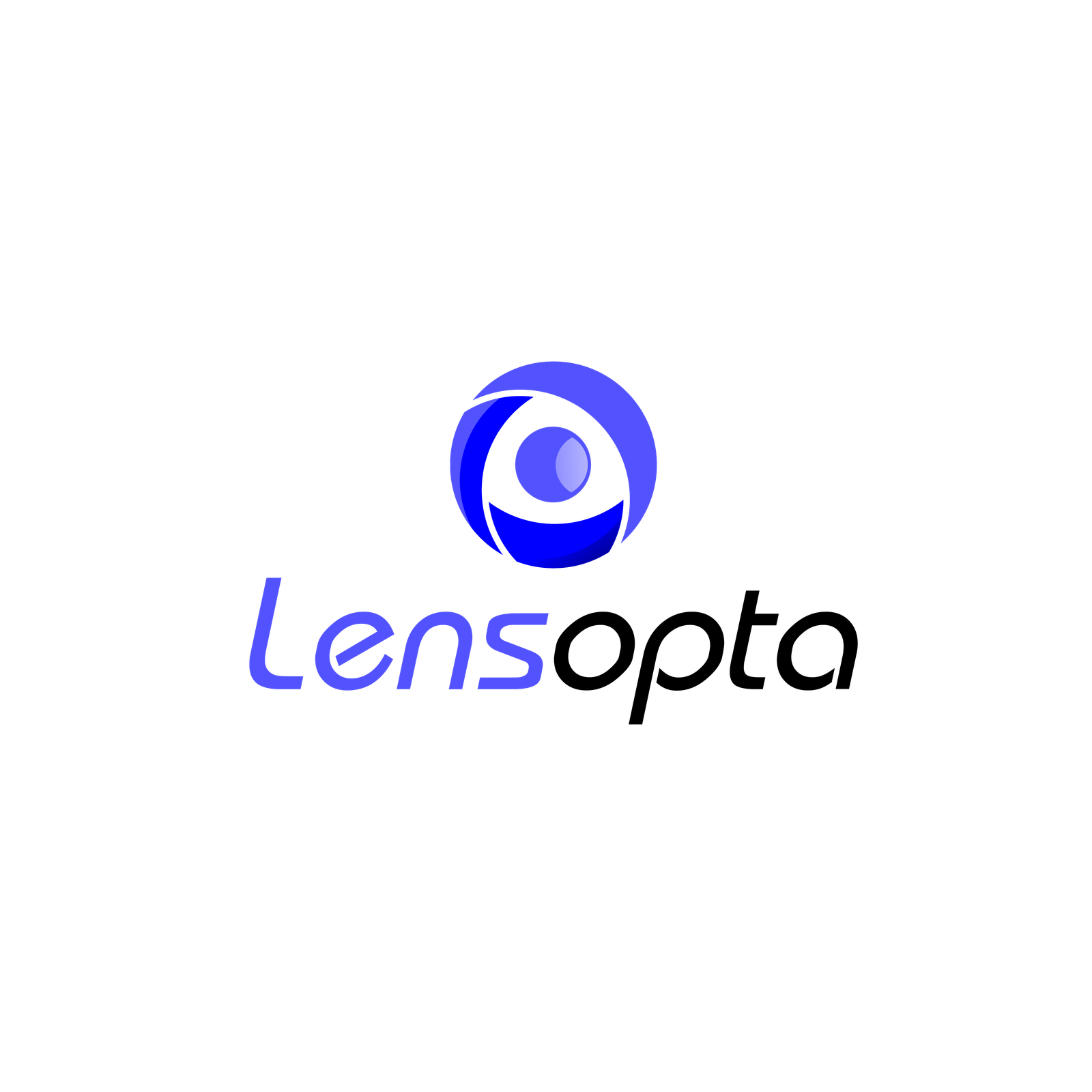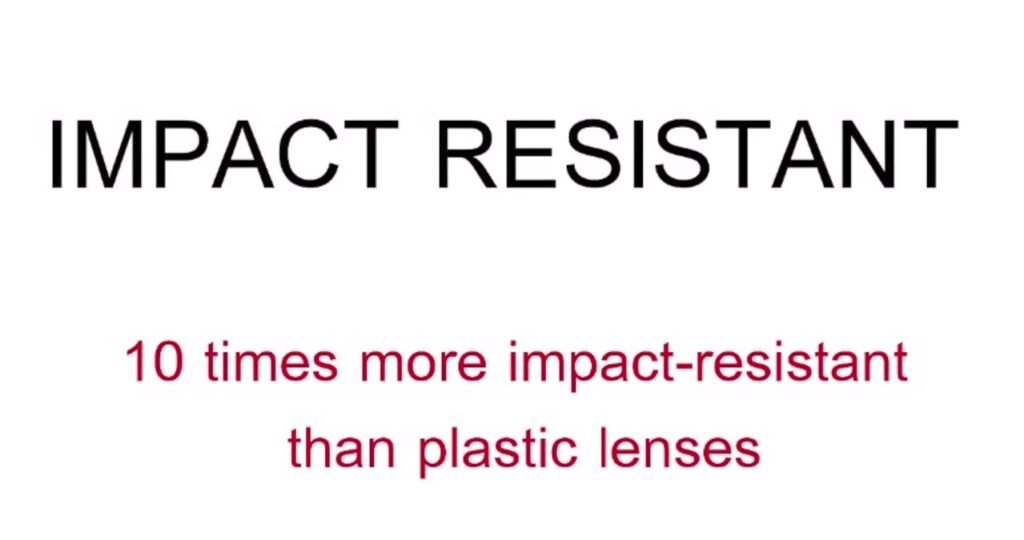Polycarbonate lenses have become a popular choice for eyewear, sunglasses, and safety glasses due to their durability and lightweight properties. Here’s a comprehensive blog post that highlights the key features, Who should choose it? Comparing with other Lenses, Pros and cons of polycarbonate lenses:
When it comes to choosing the right lenses for your eyewear, the options can seem overwhelming. However, one option that consistently stands out due to its exceptional qualities is polycarbonate lenses. In this comprehensive guide, we will explore everything you need to know about polycarbonate lenses and why they might be the perfect choice for your next pair of glasses.
What Are Polycarbonate Lenses?
Polycarbonate lenses are made from a strong, impact-resistant plastic material known as polycarbonate. This material was originally developed for use in aerospace and military applications, including helmet visors and bulletproof windows. Its strength and durability eventually led to its adoption in the eyewear industry.
They are designed to withstand impacts, correct vision problems, and give your glasses a sleek appearance due to their slim profiles.
Since their introduction to the eyewear industry in the 1980s, polycarbonate lenses have quickly become a top choice for lenses. What is the reason for this type of plastic to be used on such a large scale? What advantages does it offer over glass and other lens materials?
Read on to learn the benefits of polycarbonate lenses and why they can be a great addition to your eyewear collection.
.
Benefits of Polycarbonate Lenses / Pros
- Impact Resistance: Polycarbonate lenses are highly impact-resistant, making them a popular choice for safety glasses, sports eyewear, and children’s glasses. They are less likely to shatter compared to traditional glass or other plastic lenses.
- Lightweight: Polycarbonate lenses are lighter than most other lens materials, providing a more comfortable experience for the wearer, especially for those with higher prescription lenses.
- UV Protection: These lenses offer 100% protection against harmful UV rays, safeguarding your eyes from potential sun damage.

- Scratch Resistance: While polycarbonate lenses are naturally durable, they are often treated with a scratch-resistant coating for added protection against everyday wear and tear.
- High Index: Polycarbonate lenses have a higher index of refraction, which means they can bend light more efficiently. This results in thinner lenses, which is particularly beneficial for individuals with strong prescriptions.
Potential Drawbacks / Cons
Price: Polycarbonate lenses can be more expensive than other lens materials, but the added benefits often justify the cost.
- Susceptibility to Scratches: Despite being treated with a scratch-resistant coating, polycarbonate lenses are still more prone to scratches than glass lenses. Proper care is essential.
3. Optical Clarity: Some people may notice a slight decrease in optical clarity compared to other lens materials such as glass. However, most find this difference negligible.
Who Should Choose Polycarbonate Lenses?
Polycarbonate lenses are an excellent choice for:
- Active individuals: Their impact resistance makes them ideal for sports and outdoor activities.
- Children: Kids are prone to accidental drops and rough handling, so impact-resistant lenses are a must.

- Prescription wearers: Those with strong prescriptions can benefit from the lightweight and thinner profile of polycarbonate lenses.
- Safety-conscious individuals: If eye safety is a concern, polycarbonate lenses are an optimal choice.
Comparing Polycarbonate Lenses with other lenses:
When comparing polycarbonate lenses to other lens materials such as CR-39 and high-index lenses, there are several important factors to consider, including weight, impact resistance, optical clarity, and cost. Here is a comparison of polycarbonate lenses with other common lens materials.
- Polycarbonate Lenses:
Weight: Polycarbonate lenses are lightweight, making them comfortable for long-term wear.
Impact Resistance: These are highly impact resistant and are a great choice for active lifestyle and safety glasses.
Optical Clarity: Polycarbonate lenses offer good optical clarity but may have slightly more chromatic aberration than other lenses.
Price: These are generally cheaper than high-index lenses but more expensive than CR-39 lenses.
- CR-39 Lenses:
Weight: CR-39 lenses are also light, but slightly heavier than polycarbonate lenses.
Impact resistance: They have moderate impact resistance, less than polycarbonate lenses.
Optical Clarity: CR-39 lenses offer excellent optical clarity and are often used in prescription glasses.
Price: CR-39 lenses are usually the cheapest option.
- High Index Lens:
Weight: High index lenses are the thinnest and lightest option, ideal for high prescription lenses.
Impact Resistance: Depending on the specific index, high index lenses may offer moderate impact resistance.
Optical Clarity: High index lenses provide excellent optical clarity and reduce distortion, especially for high prescriptions.
Price: These lenses are usually the most expensive option due to their advanced materials and design.
How to Care for Polycarbonate lenses:
To ensure the longevity and performance of your polycarbonate lenses, follow these care tips:
- Use a microfiber cloth to clean the lenses to avoid scratching.

- Use lens cleaner designed for eyeglasses to clean the lenses.
- Keep your glasses in a safe case when you’re not wearing them.
- Don’t place your glasses face down on hard surfaces.
Conclusion
Polycarbonate lenses offer a combination of durability, lightweight comfort, and UV protection that makes them a top choice for many eyewear wearers. While they may have a slightly higher price tag than other lens materials, their long-term benefits make them a worthwhile investment.
If you’re considering a new pair of glasses or sunglasses, be sure to ask your optometrist about the advantages of polycarbonate lenses and whether they are the right fit for your lifestyle and vision needs.



